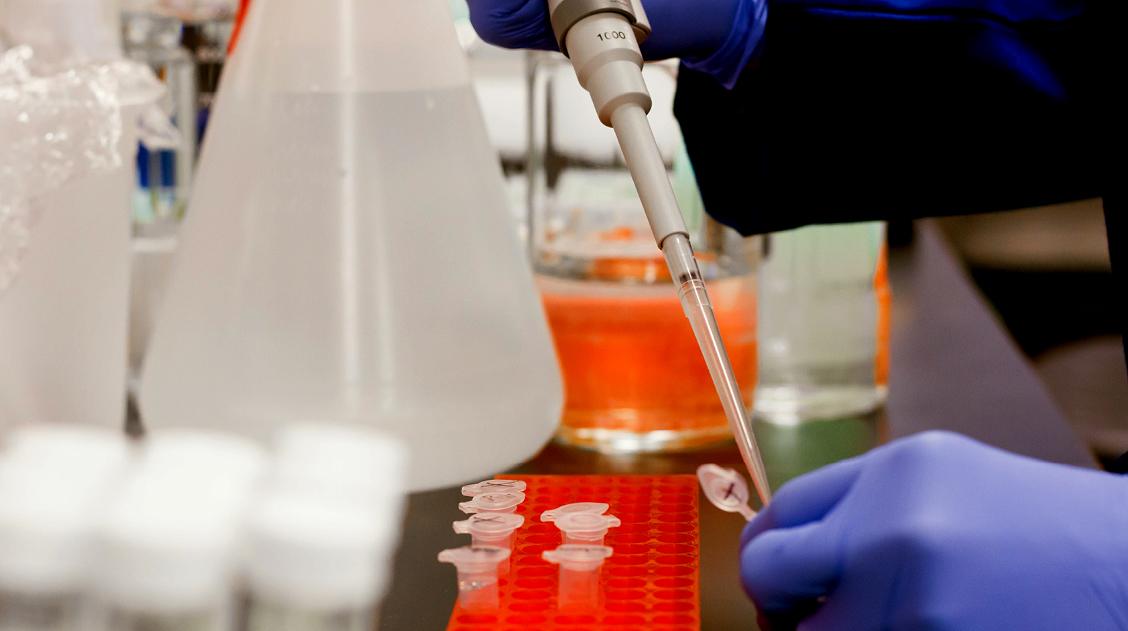
Therapeutic Use of Antimicrobial Peptides
Guest Commentary by Guangshun Wang*
Antimicrobial peptides
We are living in an era of antibiotic resistance; fortunately, there is widespread recognition of the consequences of this dilemma. While scientists have long been fascinated by the impressive diversity of antimicrobial peptides (also called host defense peptides) that exist in bacteria, protozoa, fungi, plants, and animals, there is a current urgency to explore novel strategies to make use of these compounds as therapeutic antimicrobials. However, while these peptides can exhibit a broad spectrum of antimicrobial activity, their potential toxicity in systemic administration has represented a significant challenge for medicinal use.
The therapeutic index
In their article, Hodges and colleagues further test their hypothesis that peptide cell selectivity, or the therapeutic index, (a value that represents the specificity of antimicrobial peptides for prokaryotic versus eukaryotic cells) can be improved by substituting a central hydrophobic side chain with a hydrophilic one on the hydrophobic surface of amphipathic helices. In the case of fish piscidin 1, a single mutation I9K (i.e., specificity determinant) increased the therapeutic index by 55-fold against Acinetobacter baumannii and 32-fold against Pseudomonas aeruginosa. Similarly, the introduction of two specificity determinants (L7K and A14K) into frog dermaseptin S4 led to a dramatic increase in cell selectivity by 730-fold against A. baumannii and 980-fold against P. aeruginosa.
Specificity determinants
Interestingly, nature uses a similar trick. When Ser9, a hydrophilic residue that segregates the hydrophobic surface of the long helix of host defense peptide human cathelicidin LL-37 into two domains, was replaced with a hydrophobic residue Ala or Val (i.e., reversal of the specificity determinant) we found that the peptide mutants became less active against Escherichia coli. In addition, humans generate additional cathelicidin peptides by recruiting proteases; LL-23, an N-terminal peptide corresponding to residues 1-23 of human LL-37, reverses the hydrophilic serine 9 on the hydrophobic surface. When the reverse specificity determinant was introduced (S9A or S9V), the peptide variants became more active against either E. coli or Staphylococcus aureus (Wang et al., 2012).
The work of Jiang et al., thus demonstrates a promising strategy of introducing ‘specificity determinants’ in antimicrobial peptides to maintain or improve antimicrobial activity of peptides in the helical family, while at the same time decreasing hemolytic activity, thus improving cell selectivity and the potential to bring us closer to new therapeutic antimicrobials.
Further reading on antimicrobial peptides
For further reading, we refer the reader to the following articles. We also recommend the MDPI Special Issue in the journal Pharmaceuticals on the topic.
- Jiang, Z.; Vasil, A.I.; Vasil, M.L.; Hodges, R.S. “Specificity Determinants” Improve Therapeutic Indices of Two Antimicrobial Peptides Piscidin 1 and Dermaseptin S4 Against the Gram-negative Pathogens Acinetobacter baumannii and Pseudomonas aeruginosa.
Pharmaceuticals 2014, 7, 366-391. - Wang, G.; Elliott, M.; Cogen, A.L.; Ezell, E.L.; Gallo, R.L.; Hancock, R.E.W. Structure, dynamics, antimicrobial and immune modulatory activities of human LL-23 and its single residue variants mutated based on homologous primate cathelicidins. Biochemistry 2012, 51, 653-664.
*Guangshun Wang is an Assistant Professor, Department of Pathology and Microbiology, University of Nebraska Medical Center at Omaha, Nebraska, USA. Dr. Wang’s group is currently engineering novel antimicrobial compounds based on an integrated structural bioinformatics approach.










